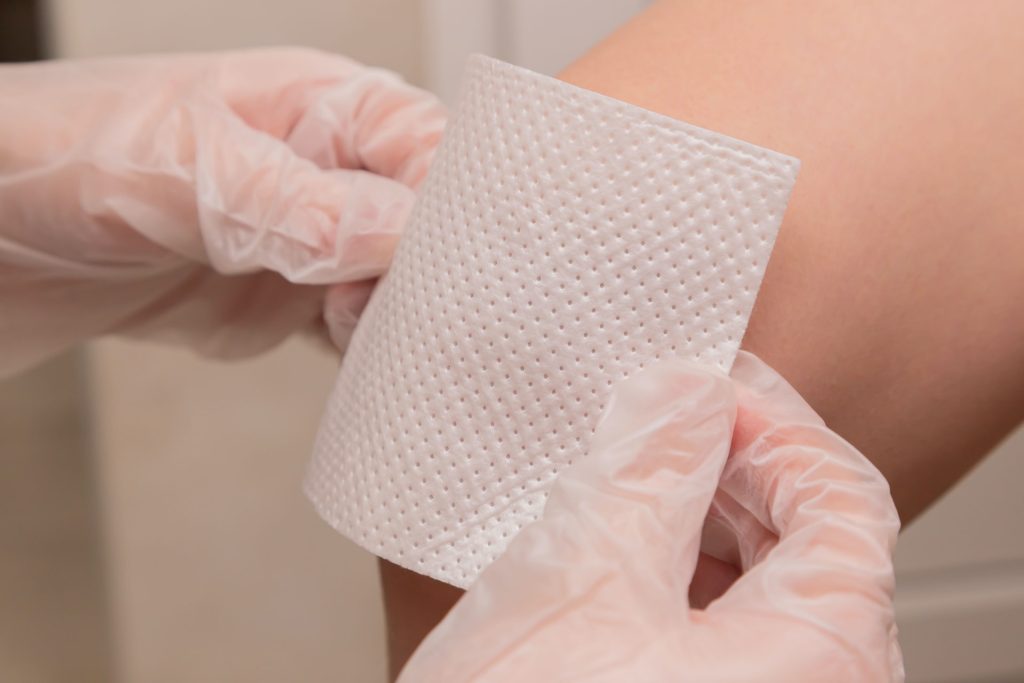Getting Under 5 Hours’ Sleep Increases Risk of Peripheral Artery Disease

Compared with seven to eight hours, sleeping less than five hours a night is associated with a 74% raised likelihood of developing peripheral artery disease (PAD) according to a study published in the European Heart Journal – Open.
“Our study suggests that sleeping for seven to eight hours a night is a good habit for lowering the risk of PAD,” said study author Dr Shuai Yuan of the Karolinska Institute.
A Lancet study showed that more than 200 million people globally have peripheral artery disease (PAD), where arteries in the legs are clogged, restricting blood flow and increasing the risk of stroke and heart attack.
Dr Yuan said: “Insufficient night-time sleep and daytime napping have previously been associated with a raised risk of coronary artery disease which, like PAD, is caused by clogged arteries. In addition, sleeping problems are among the top ranked complaints in PAD patients. There are limited data on the impact of sleep habits on PAD and vice versa, and our study aimed to fill that gap.”
The two-part study included more than 650 000 participants. First, the researchers analysed the associations of sleep duration and daytime napping with the risk of PAD. In the second part, the investigators used genetic data to perform naturally randomised controlled trials – called Mendelian randomisation – to examine causality of the associations.
Dr Yuan said: “Observational analyses are limited by reverse causality – meaning that if an association between sleep habits and PAD is found, we cannot be certain if sleep habits caused PAD or having PAD caused the sleep habits. Mendelian randomisation is a robust method for evaluating causality and provides more certainty about the results.”
Taken together, the strongest evidence was for short sleep, where the relationship with PAD went both ways. In an observational analysis of 53 416 adults, sleeping less than five hours a night was associated with a nearly doubled risk of PAD compared with seven to eight hours (hazard ratio [HR] 1.74). This finding was supported by further analyses in 156 582 and 452 028 individuals. In the causal studies, short sleep was associated with an increased risk of PAD and, in addition, PAD was associated with an increased likelihood of short sleep. Dr Yuan said: “The results indicate that brief night-time sleep can raise the chance of developing PAD, and that having PAD increases the risk of getting insufficient sleep.”
Regarding long sleep, in an observational analysis of 53 416 adults, sleeping eight hours or more per night was linked with a 24% higher risk of PAD compared with seven to eight hours (HR 1.24). This finding was supported by analyses in two larger populations of 156 582 and 452,028 individuals. However, no causal relationships were found between long sleep and PAD. Similar results were reported for napping, where daytime nappers had a 32% higher risk of PAD compared to those who did not nap (HR 1.32) but no causal links were found. “More studies are needed on the relationships between lengthy night-time sleep, daytime napping and PAD,” said Dr Yuan. “Although we found associations in the observational studies, we could not confirm causality.”
He concluded: “More research is needed on how to interrupt the bidirectional link between short sleep and PAD. Lifestyle changes that help people get more sleep, such as being physically active, may lower the risk of developing PAD. For patients with PAD, optimising pain management could enable them to have a good night’s sleep.”
Source: European Society of Cardiology










